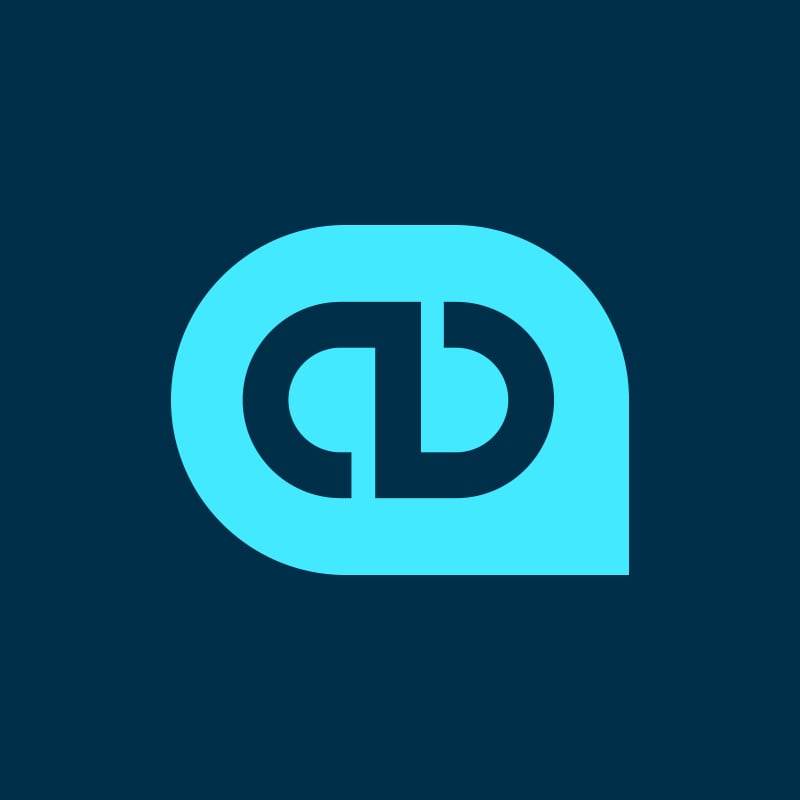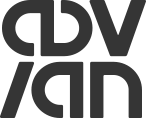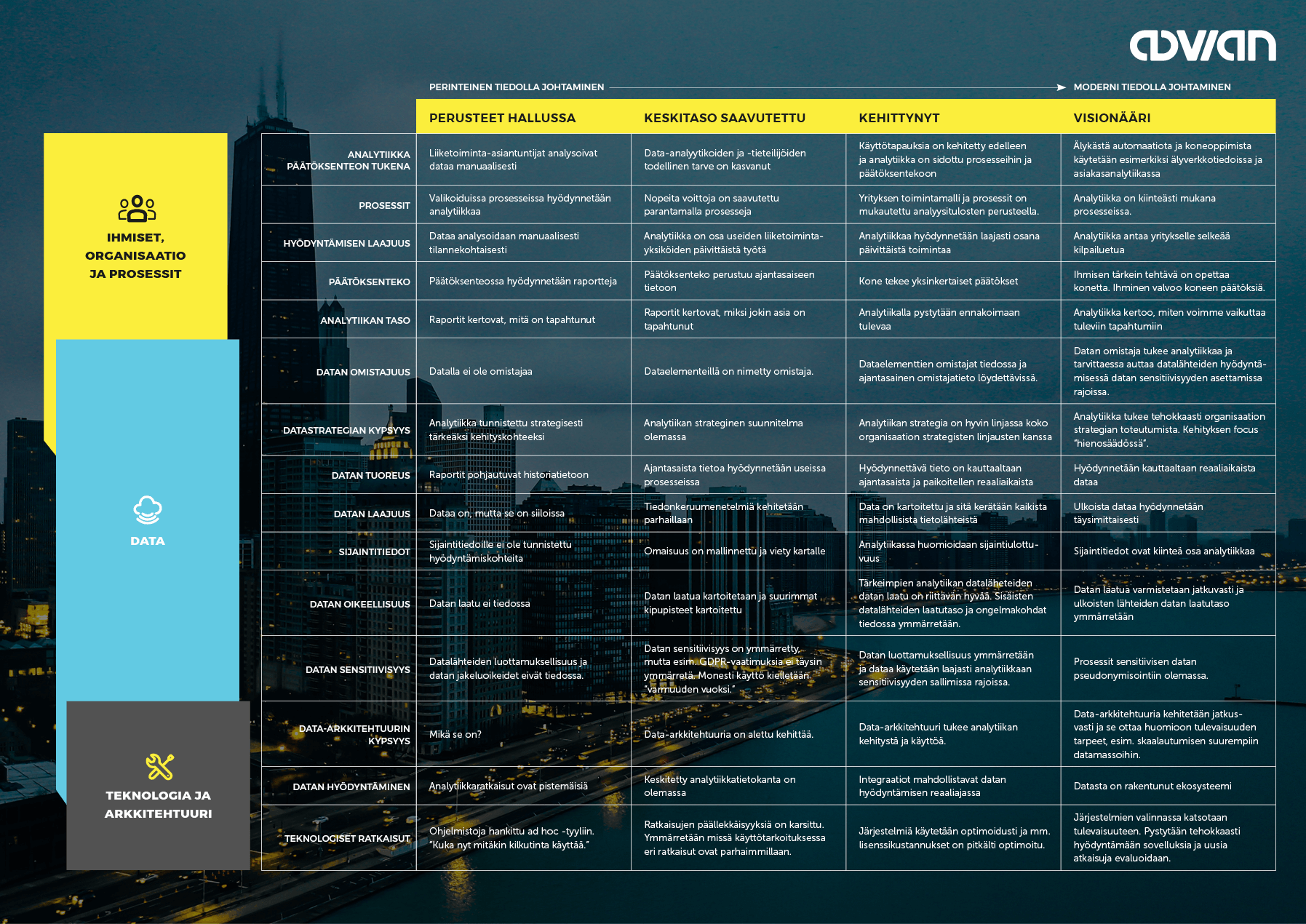Data-driven management requires ability and willingness to develop internal processes. Some organizations start from the basics, while others are further along in their data journey, write Advian's experts Nandita Wager (Data Advisor & Business Designer) and Eeva Randén (Lead Data Analyst).
The difference between pioneers and laggards in data-driven management is staggering. Some organizations have embedded data-driven practices since the beginning, while others rely on basic reporting.
It is crucial for an organization to understand its strengths and weaknesses in various aspects of data management. This understanding helps identify and respond to risks while leveraging strengths more effectively.
When the gaps between current state and target state are being evaluated, missing or inadequate capabilities can be identified. The necessary changes can be made to move the organization towards its target state.
Regarding information management, developing capabilities often involves describing processes, defining, and writing operating instructions, defining roles and responsibilities, and introducing new tools.
Finally, but most importantly, all this needs to be trained by the staff - integrating new practices into employees' everyday work. But, what if all of this is done, but after years it is noticed that not much has changed?
The same challenges in utilizing information continue to arise, employees still get frustrated with the same recurring problems. Data maturity is measured, but the results are undesirable. What went wrong?
Example: Kate and the company's data efforts
Kate works as a product owner in a company Y. She oversees the company’s customer data system X. In her daily work, Kate routinely double-checks the information in the reports she uses. She compiles information for her unit's management from multiple sources. On daily basis, Kate investigates whether a figure in one system matches another figure in another system. Additionally, Kate sends messages and emails and organises meetings to determine the correct source for that one piece of information and where the necessary change for system X’s calculation will affect.
Kate wants to succeed in her work and tries to keep the data up to date as well as she can. But Kate is usually busy, and she needs to prioritize her tasks. She is accustomed to the idea that there is never enough time to do everything.
One day, the company launches a new data management model. As part of the implementation, employees are invited to participate in the company-wide "data efforts." The target state of the new data management model sounds good. Who would not want to work in a data-driven organization where the data quality has improved, data contents have been described in a common data catalog, and common practices are clear to everyone.
"This is exactly what we need," Kate chats with her colleagues. She is easily motivated to join the collective efforts. Although, the new data management responsibilities and tasks seem a little complex and time-consuming in addition to other tasks.
In the coming months, the initial enthusiasm fades, and new priorities emerge. Data management tasks are important - but right now, Kate's calendar is filled with priorities related to the release of system X’s latest version.
The descriptions in the catalog have not been maintained, in fact, the password is missing or outdated, and a replacement recruitment for the data steward who left the company three months ago has not been finished.
Kate agrees with her colleague that once the current production pressure eases a bit, they should check out the latest instructions and refresh their memory on what they need to remember regarding the new data management model. Unfortunately, production pressures are followed by a new prioritized project. And then with the next one.

At the heart of data. Data-driven and human-centric organisations create sustainable value, state Advian's experts Nandita Wager and Eeva Randén.
In design thinking the user comes first
Design thinking aims to develop the existing or something completely new, with the customer at the heart of the development process. Embracing design thinking changes and expands the way we think, and the way we perceive things. In design thinking, you do not look for a solution until you know the challenge or problem. It provides the tools, frameworks, and processes to find the most appropriate solutions to even the most complex challenges.
Typically, service designers lead projects inside and outside organizations. They facilitate workshops, enable co-creation, build, and test prototypes, and organize and facilitate training for employees and management. In addition, service designers are increasingly involved in structured and cultural change management.
.jpg?width=900&height=600&name=Tiedolla%20johtaminen%20ja%20muotoiluajattelua%20Nandita%20Advian%20(1).jpg)
Creating new. Through design thinking, new processes and ways can be created, suggest Eeva Randén and Nandita Wager.
Design thinking is also more widely used at the strategic level of the organization, not just at the operational level. Its holistic and systematic approach will not only contribute to service design, but also to processes.
Involving designers in the shaping of internal processes at an early stage can bring savings eventually as its methods will help reduce errors and subsequent rework, and to allocate resources better.
Design thinking is therefore about proactively optimising internal processes rather than reacting to problems.
Design thinking as a partner for information management creates lasting change
Why should design thinking be applied when implementing internal services? The answer can be found where design thinking’s value has long been recognized and verified. Only the services designed with the user's needs and challenges in mind are efficiently adopted in practice.
User-centered design appears as expanded awareness and market share, increased customer satisfaction and user numbers, and increased revenue.
Applying design thinking in internal services has many benefits. It is a good method in cases where the goal is a broad awareness of the service and increased user numbers. When done right, also increased employee satisfaction follows.
When the initial enthusiasm fades, or other prioritized tasks take over, the tasks that are poorly designed from the user's perspective are the first to be left undone. Functions tailored to user needs, goals, and workflows more easily become permanent habits. A perfect example of this is the implementation of data management models.
Technological advancements increasingly enable the automation of data management processes and operations: documentation and classification of data, quality control, data editing and calculations, distribution, and productization. Automation takes on workload, but at the same time, it highlights the critical need to carefully design workflows according to distinct roles. When designed user-centrically, the workflows truly support employees in achieving their goals.
Design thinking as a practical and user-centric force and driver of change
Design thinking develops new thinking and creates new processes. It enables experts with diverse backgrounds throughout the organization to work together more efficiently. A common language is created. This all makes leading the change easier as the needs, challenges, and goals of the organization are better understood.
At the end-user interface, service design and its methods are already an established operational and thinking model. Design thinking brings user needs into focus. It creates the conditions for lasting change and continuous improvement. Design thinking is also worth exploring when implementing new internal services.
For Kate, adopting new data management tasks feels motivating when supported by a design expert. With the designer, Kate can assess her and her team's capabilities and time availability, and any necessary training to support the adoption of new thinking and tasks. Well-designed change management supports Kate and her team's journey towards data-driven thinking and behaviour.
Topics: Leadership, Consulting, Design thinking, Data governance












